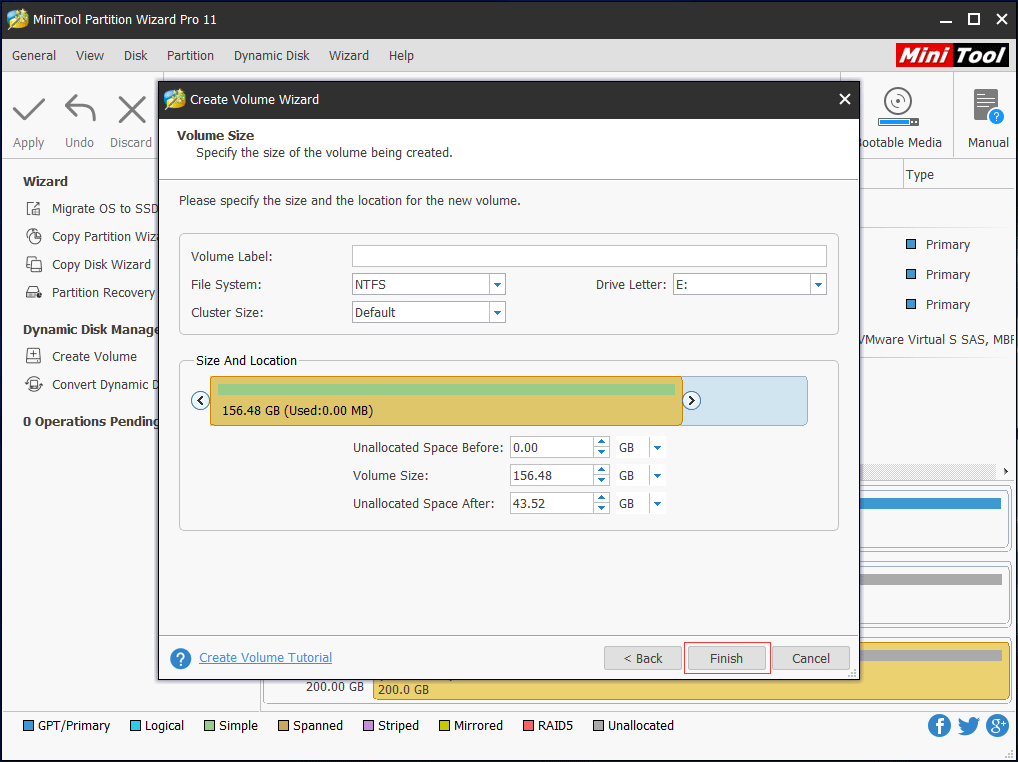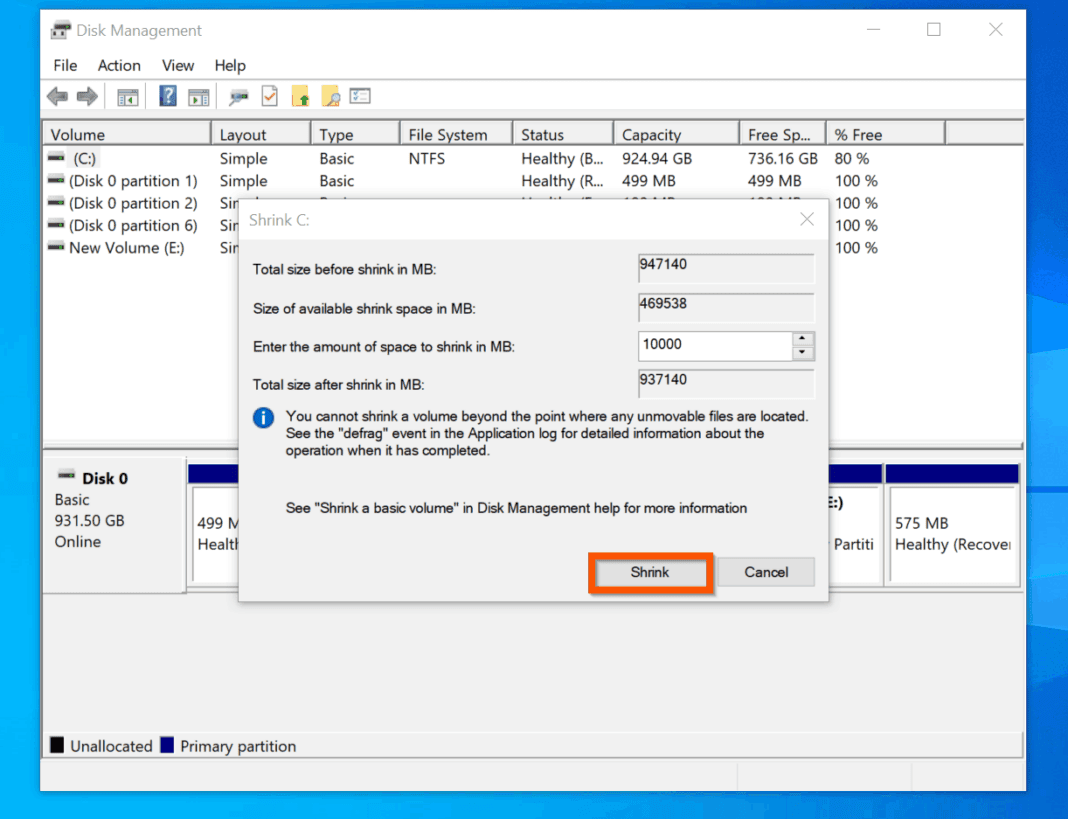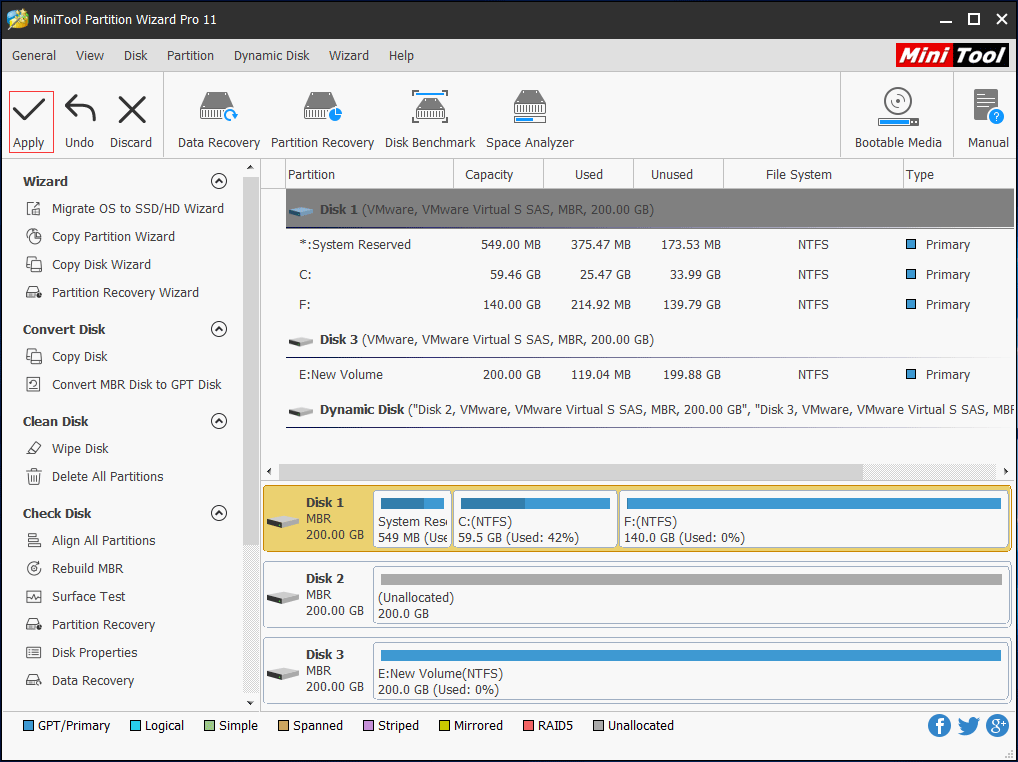
Loop0 7:0 0 2G 1 loop /usr/lib/live/mount/rootfs/filesystem. *Per user "Emmanuel Rosa", here is the output of when I run lsblk on the Debian 10 live DVD: NAME MAJ:MIN RM SIZE RO TYPE MOUNTPOINT Here, we list the features of Disk Management as follows. (see screenshot below) 4 The volume/partition will now be deleted, and show as Unallocated space on. (see screenshot below) 3 Click/tap on Yes to confirm. 2 Right click or press and hold on the partition/volume (ex: 'F') you want to delete, and click/tap on Delete Volume. The failing flag on the other hand is most likely not an actual bad disk. 1 Open the Win+X menu, and click/tap on Disk Management (diskmgmt.msc). If a disk shows up as failed was: this is almost certainly a bad disk. The failing flag should NOT be confused with the failed flag. You will get a list of disks that are connected and each disk. You now need to list all the disks connected to your system with the command below. If you need to find the GUID for an external drive, connect it first. Or do I just have to wipe the whole disk clean and start over? It just means that at some point in time, Volume Manager was not able to communicate with the disk(s). Open Command Prompt with admin rights and enter the following. Make a shortcut: Right-click on the desktop and choose New > Shortcut. Alternatively, open Command Prompt and execute diskmgmt.msc. How can I add a partition (for a separate operating system) to this disk?Īny utilities (or other distro's live DVD) I should try? Go to Control Panel > System and Security > Administrative Tools > Computer Management > Disk Management (under Storage ).
#VOLUME MANAGER DISK UPDATE#
So I burnt a live DVD of Debian 9.12 (Stretch), ran system-config-lvm, and got the error "Unsupported LUKS version 2." I then tried to update lvm and was told it was running at the most recent version. In Solaris Volume Manager, a virtual disk is called a volume. He recommended I use system-config-lvm, but unfortunately Debian 10 is not supported. Solaris Volume Manager uses virtual disks to manage physical disks and their associated data. I had a friend who's rather experienced with Linux play around with it for two hours, and he concluded that the logical volume manager is to blame.

The following functions are used with volume mount points (drive letters, volume GUID paths, and mounted folders). Associates a volume with a drive letter or a directory on another volume. These labels are stored on each disk and will be replicated so that a logical volume can. Retrieves information about MS-DOS device names.
#VOLUME MANAGER DISK INSTALL#
However, when I install GParted on a Debian 10 boot disk, GParted can not successfully make any changes. The volume manager stores all conguration data in the disks labels.

Now I would like to install a completely separate instance of Debian.

I installed Debian 10, using the boot disk to encrypt the entire disk, and create a logical volume manager.


 0 kommentar(er)
0 kommentar(er)
